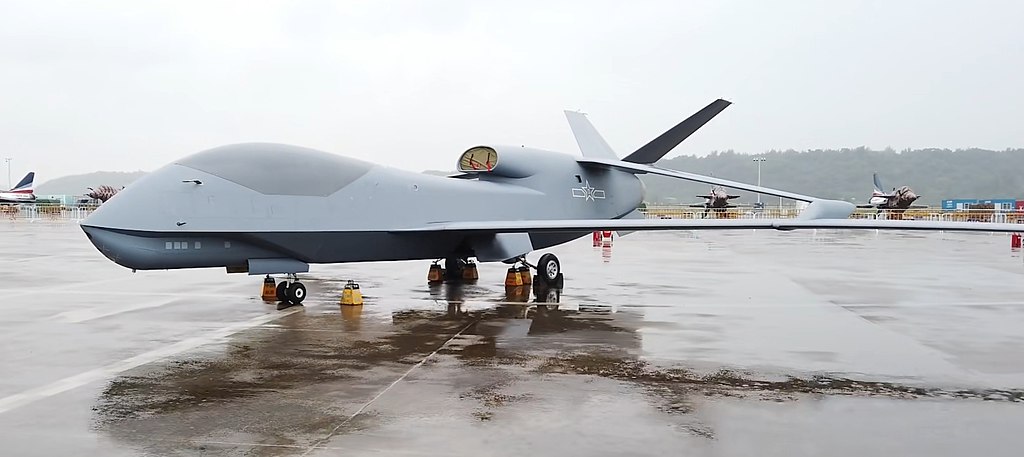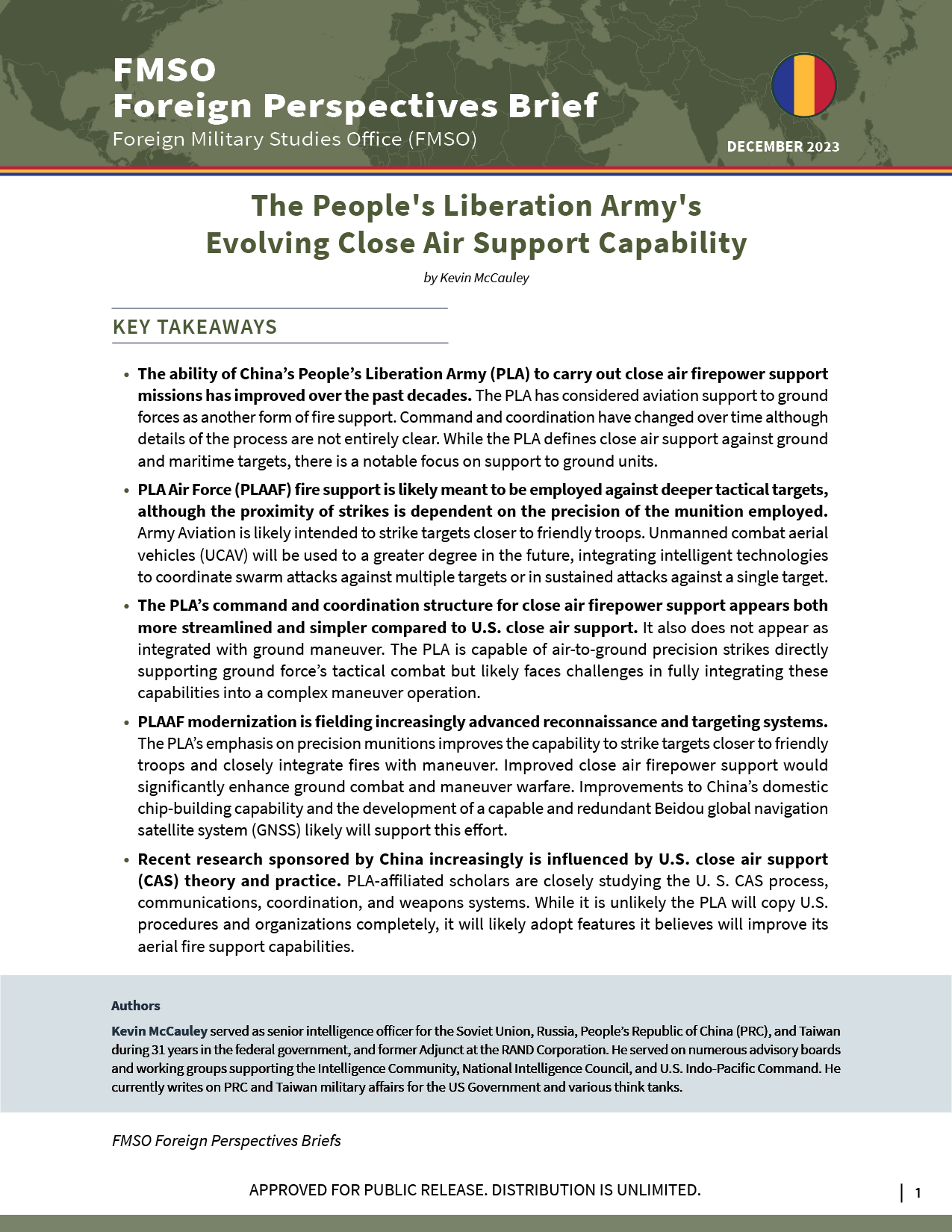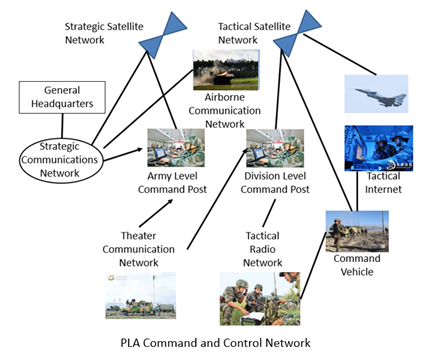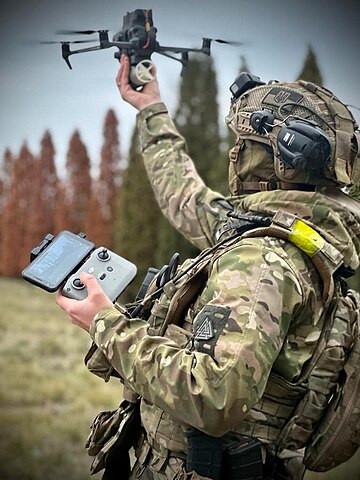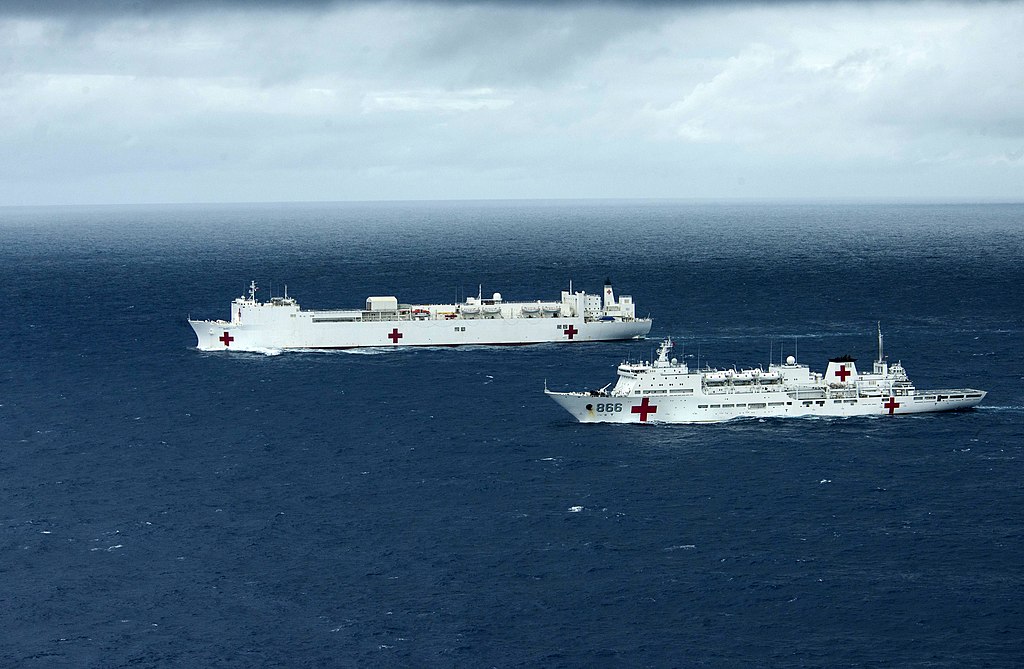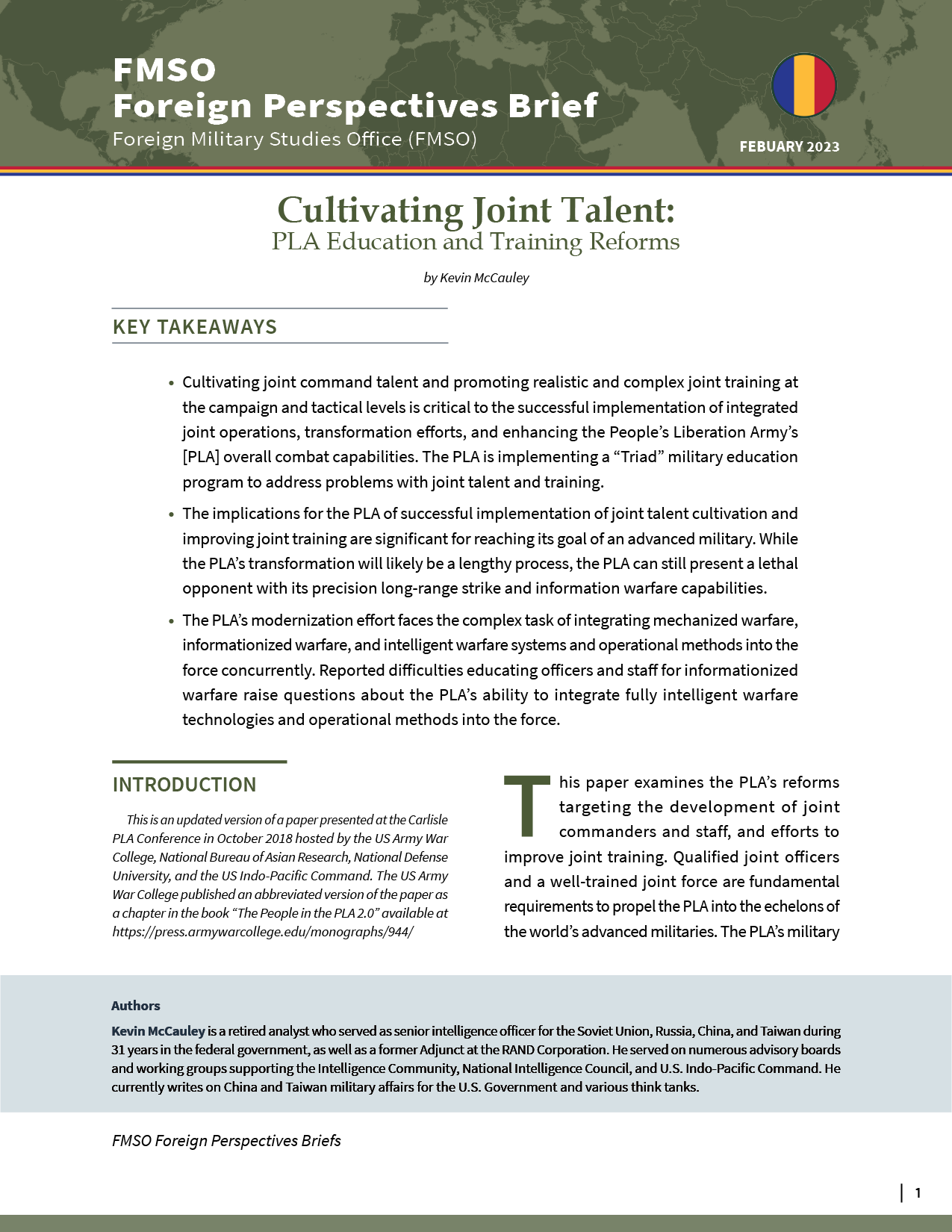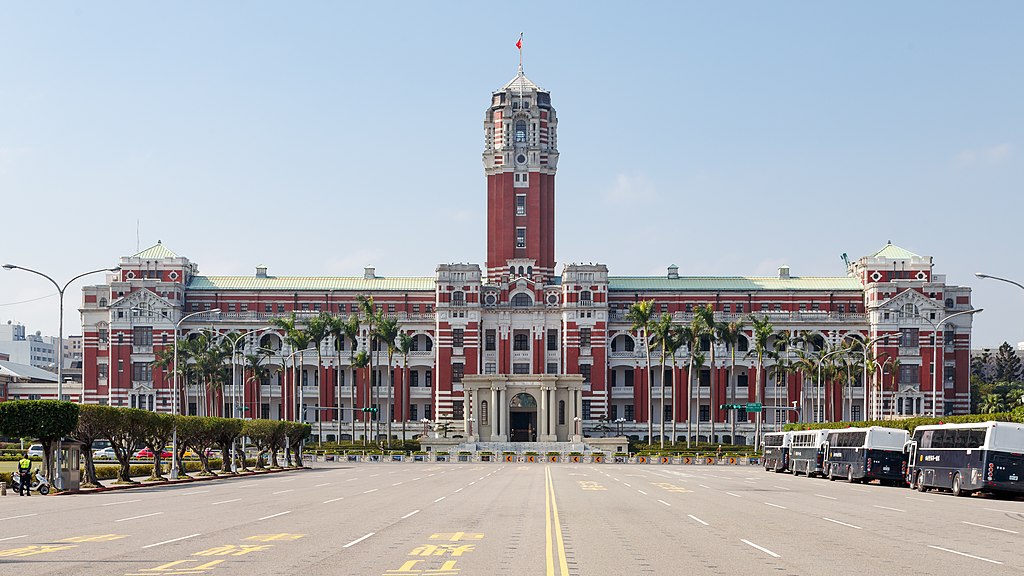
Taipei Taiwan Presidential Office Building
“In the past, the PLA had created a Presidential Office Building replica in another location. However, he said this mockup covered much of the Bo’ai Special Zone and appears to be an aerial bombing and gunnery training range.”
China is expanding its capability to train for a decapitation operation against Taiwan. On 26 March, Joseph Wen, a Taiwanese defense analyst, posted satellite images of a People’s Liberation Army (PLA) training ground in southwest Inner Mongolia. The images appear to show a mockup of the Bo’ai Special Zone, a restricted area that houses key government buildings, including the Presidential Office Building in Taipei. The first excerpted article, taken from the popular Taiwan English news source Taiwan News, highlights some of the concerns and speculation resulting from the images. For example, it explains that while this is not the first time the PLA has created a replica of Taiwan’s Presidential Office Building, this mockup is different in that it “covered much of the Bo’ai Special Zone and appears to be an aerial bombing and gunnery training range,” which indicates where China is likely to be focused. Lu Te-yun, a satellite imagery expert, explains that “visually speaking, the degree of realism in comparison with the actual location is quite high.” However, some experts, such as a former Kuomintang legislator cited in the article, believe the PLA would be unable to swiftly launch a decapitation strike. Instead, he believes, the exercise is more likely part of psychological and cognitive warfare effort to pressure Taiwan into believing that it must negotiate.[i] As seen in the second excerpted article, taken from an editorial published in Taiwan’s English-language newspaper Taipei Times, the PLA has repeatedly held other military exercises at its Zhurihe Training Base,[ii] also located in Inner Mongolia, during which they used a scale replica of the Presidential Office Building to simulate a decapitation strike. Published one month after the 2022 Russian invasion of Ukraine, the article explains that the media had been predicting a potential “decapitation strike” from Moscow. The author, Yao Chung-yuan, former deputy director of the Taiwan Ministry of National defense strategic planning department goes on to stress the importance of Taiwan preparing for such an event. Today, as the Russia-Ukraine conflict drags on with no victory in sight for Moscow, China could be placing more urgency into honing its own capabilities to prevent a protracted conflict should it one day invade Taiwan.
Sources:
Keoni Everington, “China Creates Taipei Mockup to Train for Invasion,” Taiwan News (popular online English-language news source in Taiwan), 28 March 2024. https://www.taiwannews.com.tw/news/5131830
Joseph Wen …posted satellite images of a mockup of the Bo’ai Special Zone (博愛特區), which is a restricted zone in Taipei’s Zhongzheng District where the Presidential Office Building and other key government buildings are situated. The training ground is located in the Alxa Left Banner administrative division of Alxa League in the southwest of China’s Inner Mongolia.
Wen said in the past, the PLA had created a Presidential Office Building replica in another location. However, he said this mockup covered much of the Bo’ai Special Zone and appears to be an aerial bombing and gunnery training range.
Lu Te-yun (盧德允), a satellite imagery expert who once served as an inspector for the Ministry of National Defense (MND) told UDN that the proportions of the training grounds need to be measured. However, Lu said that “visually speaking, the degree of realism in comparison with the actual location is quite high.”
On the TVBS program “Situation Room” on Wednesday, former Kuomintang (KMT) Legislator Lin Yu-fang (林郁方) said that given Taiwan’s extensive air defenses, it is unlikely that the PLA could swiftly launch a decapitation strike on Taipei. Lin said, “This is psychological and cognitive warfare. China will not relax and will continue to put pressure on Taiwan, telling Taiwan that it can negotiate or fight, simultaneously employing a dual strategy of negotiation and confrontation.”
Yao Chung-yuan, “Prepare for ‘Decapitation’ Attempts,” Taipei Times (Taiwan’s English-language daily newspaper), 28 March 2022. https://www.taipeitimes.com/News/editorials/archives/2022/03/28/2003775565
At the beginning of Russia’s invasion of Ukraine, the media predicted a potential “decapitation strike” from Moscow. An in-depth discussion of the issue seems necessary in Taiwan.
There are many ways of launching a decapitation strike, which seeks to assassinate a national leader. ….
Despite Russia’s failure to kill Zelenskiy, Ukraine must remain extremely vigilant.
“Decapitation” is a military term for the use of ballistic and precision-guided missiles to assassinate a national leader or destroy a presidential office, to demoralize and severely weaken an enemy.
The Chinese People’s Liberation Army (PLA) has repeatedly held military exercises at its Zhurihe Training Base in the Inner Mongolia Autonomous Region, during which it used a scale replica of the Presidential Office Building in Taipei to simulate a decapitation strike…
The purpose of Russia’s supposed decapitation attempts was to hijack Zelenskiy, not assassinate him, but as tension mounts during a continued war, whether Russia attempts other decapitation methods is a possibility. In Taiwan’s 2020 Han Kuang exercises, the military simulated strikes against PLA and Chinese secret agents targeting the Presidential Office Building and other central government agencies in Taipei’s Boai Special Zone (博愛特區), while training for countermeasures against the CCP’s hijacking of the Taiwanese president. From the situation in the Russia-Ukraine war, the scenario set in the Han Kuang military drill is not impossible.
Notes:
[i] For more on this, see: Cindy Hurst, “Chinese Cognitive Operations Might Impact Taiwan’s Will to Resist,” OE Watch, 09-2023. https://fmso.tradoc.army.mil/2023/chinese-cognitive-operations-might-impact-taiwans-will-to-resist/
[ii] Zhurihe is the PLA’s largest military training base. For more information, see: Chen Zhuo, “8 Things to Know About China’s Biggest Army Training Base,” South China Morning Post and reposted to China Military, 13 May 2019. http://eng.chinamil.com.cn/CHINA_209163/Features_209191/9501757.html
Image Information:
Image: Taipei Taiwan Presidential Office Building
Source: CEphoto, Uwe Aranas, https://commons.wikimedia.org/wiki/File:Taipei_Taiwan_Presidential-Office-Building-01a.jpg
Attribution:

